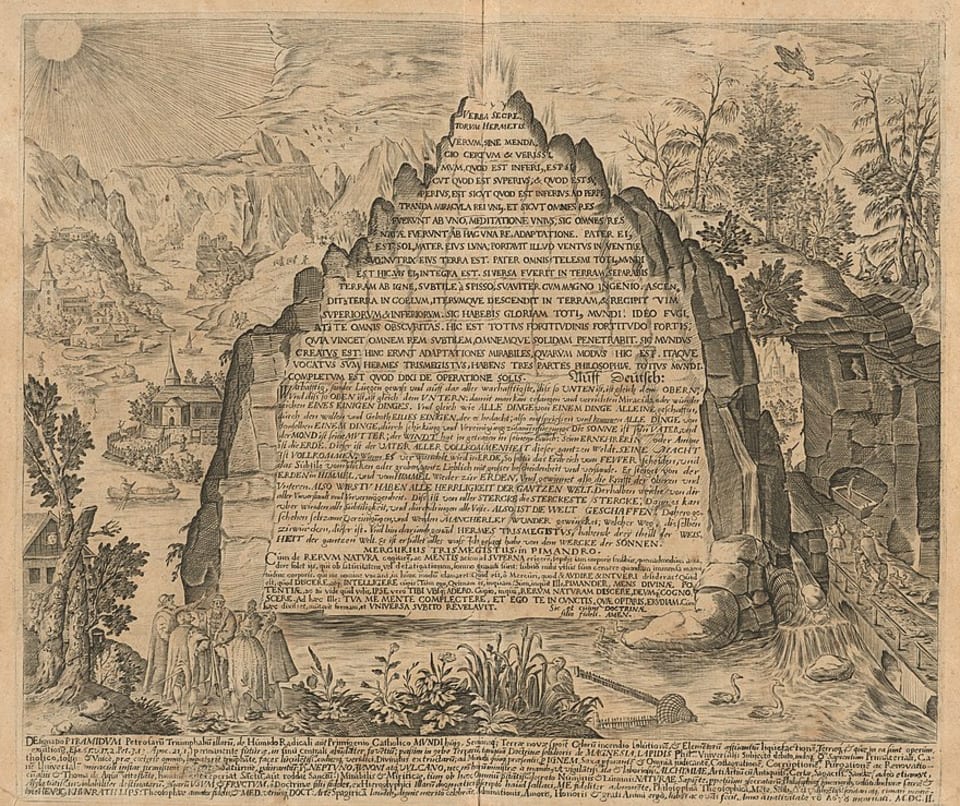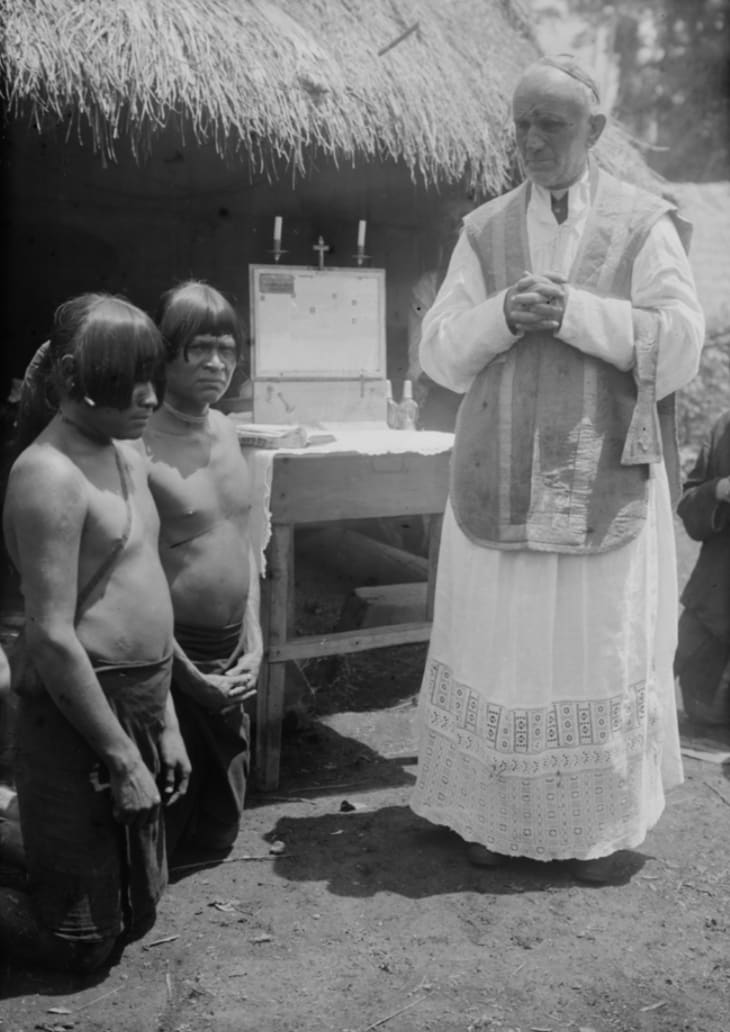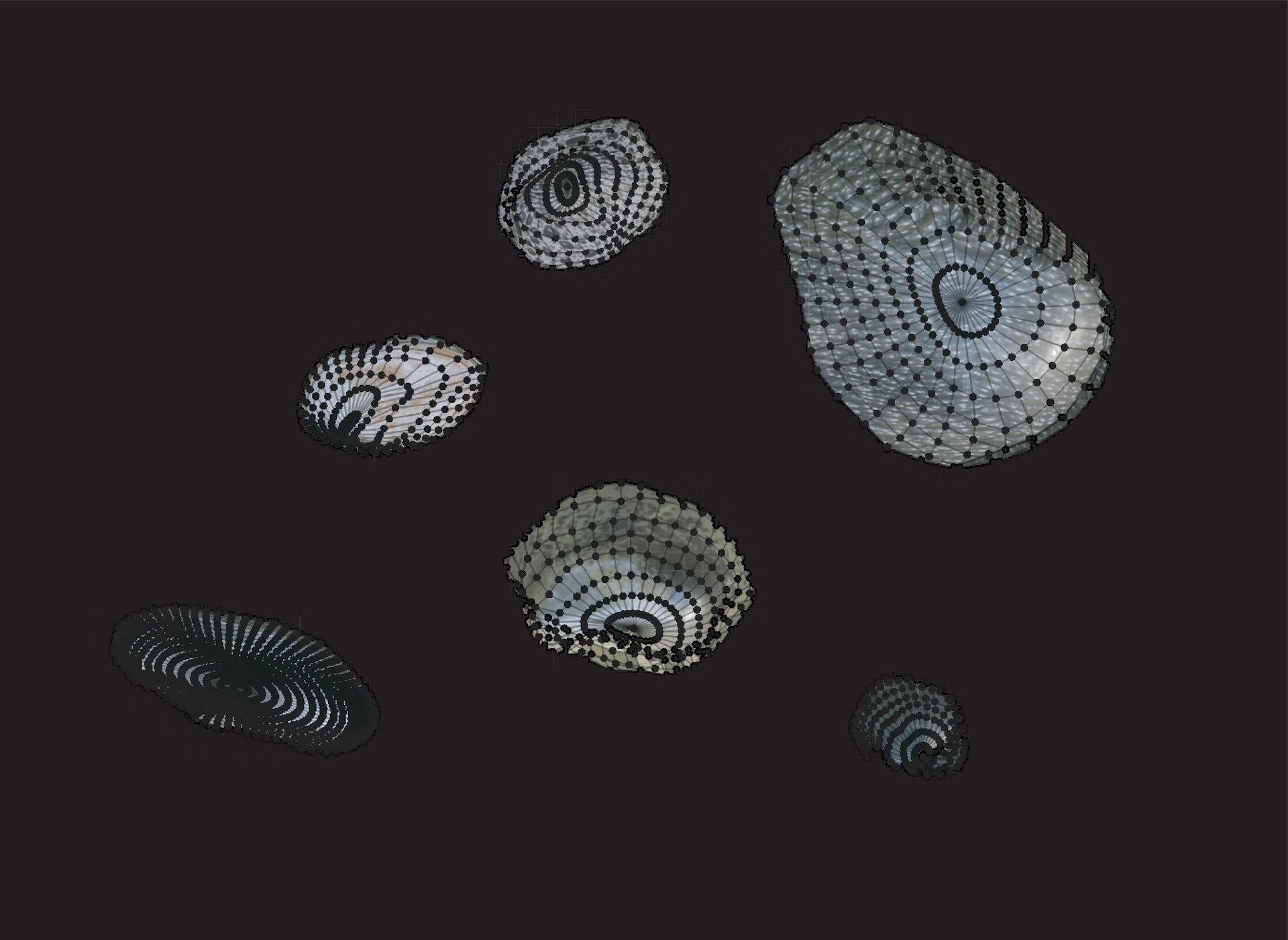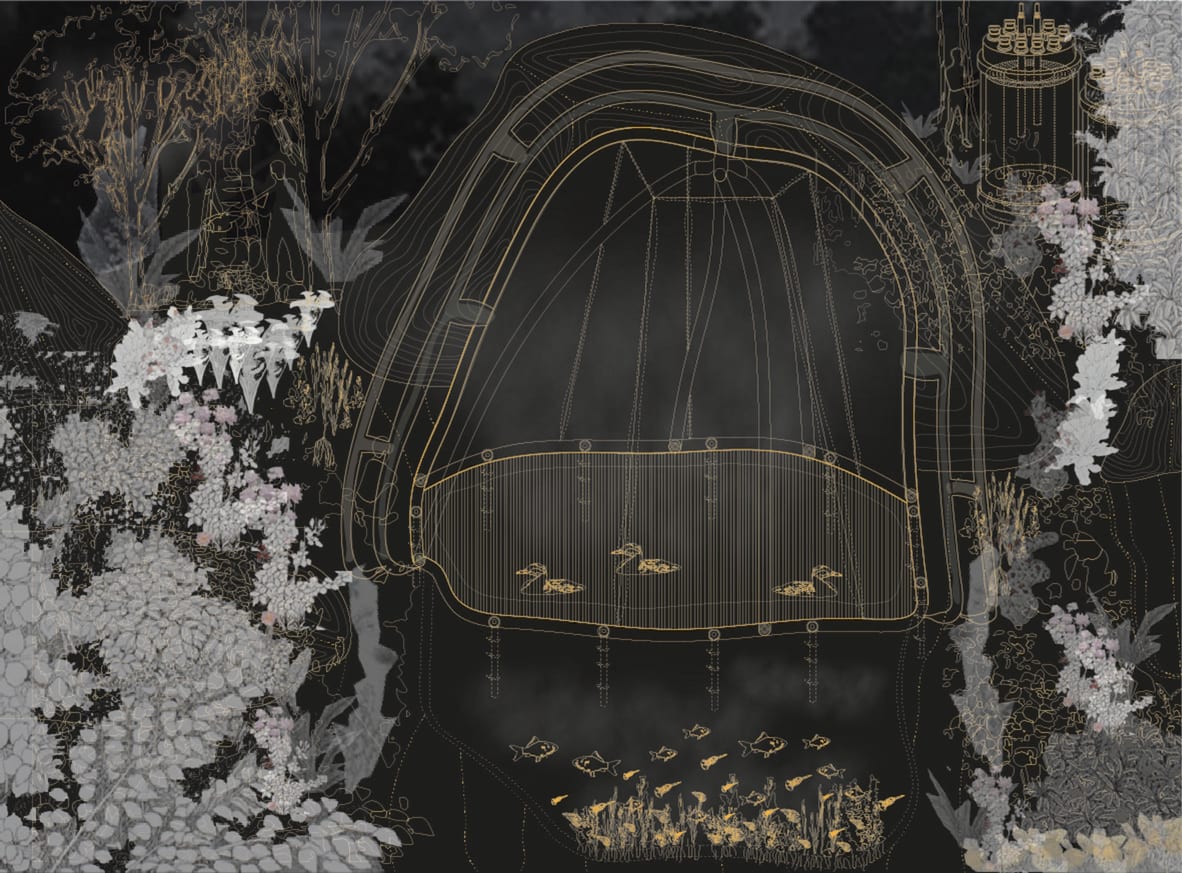Cristina is a Mexican-Spanish multidisciplinary designer. She has concluded studies in Mexico City, Florence, Barcelona, Canada and her MA degree in London.
Her background includes published works from the re-production of Sol LeWitt’s wall paintings both public and private at OMR gallery in Mexico City and PACE Gallery NYC to her own paintings and architecture exhibitions showed in several galleries such as “aquiencorresponda” - at HarvardGSD, Lagalá and Artifice, as well as diplomas in History of Art from Sotheby’s and HarvardGSD. Cristina believes in the cultivation of empathy with our environment, our way of living and our historical and cultural background within a rapidly changing world.
She believes in the intimacy that exists in understanding diverse cultures and environments and has an interest in installation, curatorial and exhibition design.
Her ideology encounter with contexts is translated on how material can be understood as either an external factor or an internal aspect that shapes the work’s identity, whether atmospherically, structurally or conceptually. Ambiguity and spontaneity become the cores for the exploration of new possible occupations where richness of meaning becomes more relevant than clarity of meaning.

















